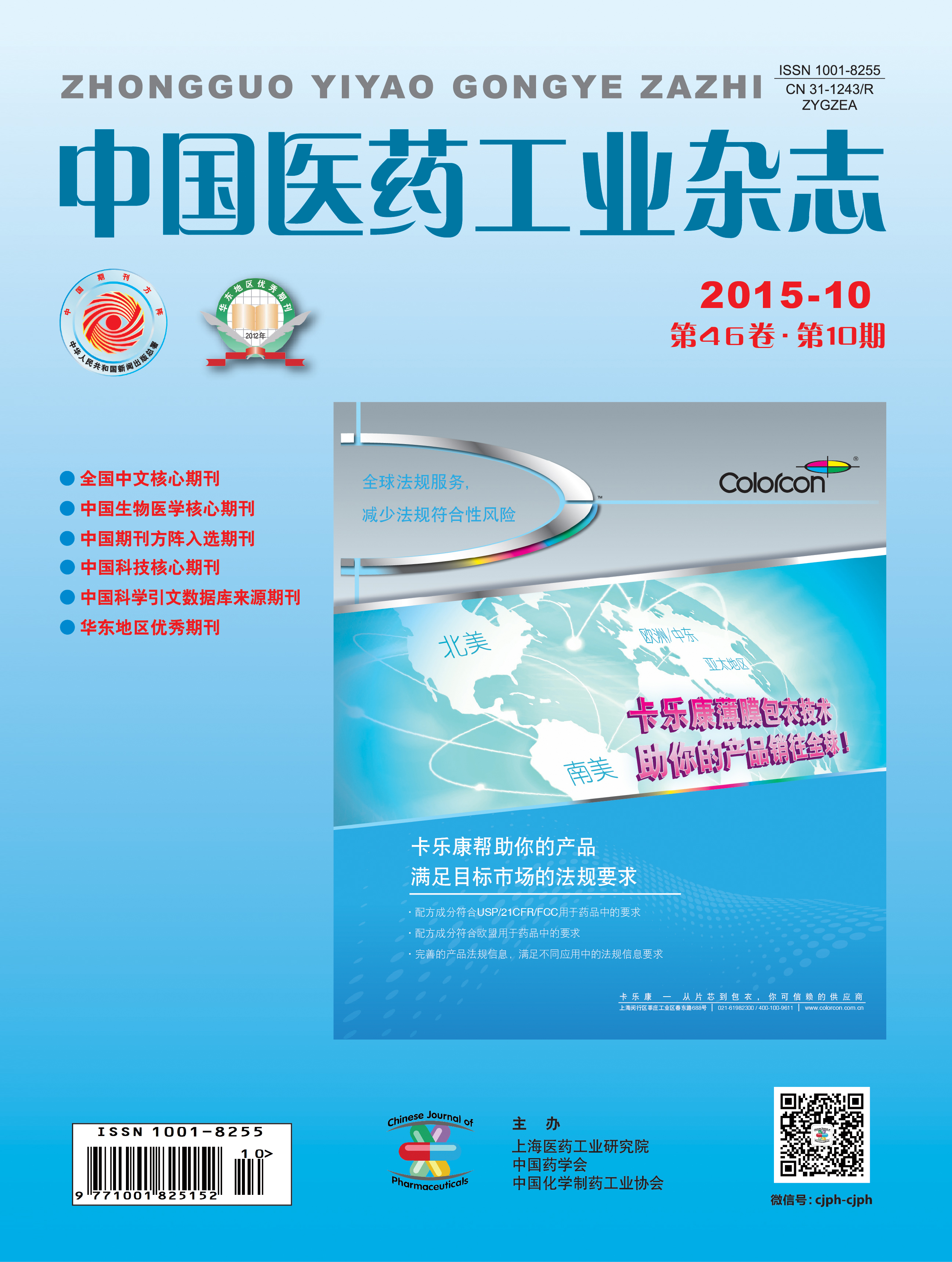WANG Min, TIAN Huihui, CHEN Jingxiao, CHEN Jinghua*
In this paper, polyethyleneimine (PEI) and hyaluronic acid were conjugated with histidine to obtain PEI-His and HA-His conjugates, respectively. PEI-His could bind plasmid enhanced green fluorescent protein-N1 (pEGFP-N1) to form PEI-His/DNA complexes (PD complexes), then the PD complexes were furtherly adsorbed with HA-His to form (PEI-His/DNA)/HA-His complexes (HPD complexes) with double-decked and negatively charged shielding architecture, which could be used for gene delivery. The observation of TEM showed that the HPD complexes were spherical. The average size of HPD complexes after hydration was about 142 nm and the ζ potential was -28.9 mV. After adding 10% fetal bovine serum into HPD complexes, the average size and ζ potential were 135 nm and -25.8 mV, which indicated that the HPD complexes might have good serum stability. The encapsulation efficiency of the HPD complexes was (91.9±1.15)%. The results also showed that the complexes could protect the DNA from DNases I degradation. The in vitro cytotoxicity of HPD complexes was significantly lower than that of PEI/DNA complexes in PEI concentration range of 5 - 20 μg/ml, and cell survival rates of the former could maintain at least 80%. Finally, transfection efficiency of the HPD complexes was 2.88%, which indicated that the carrier was able to induce cellular uptake and gene transfection.
